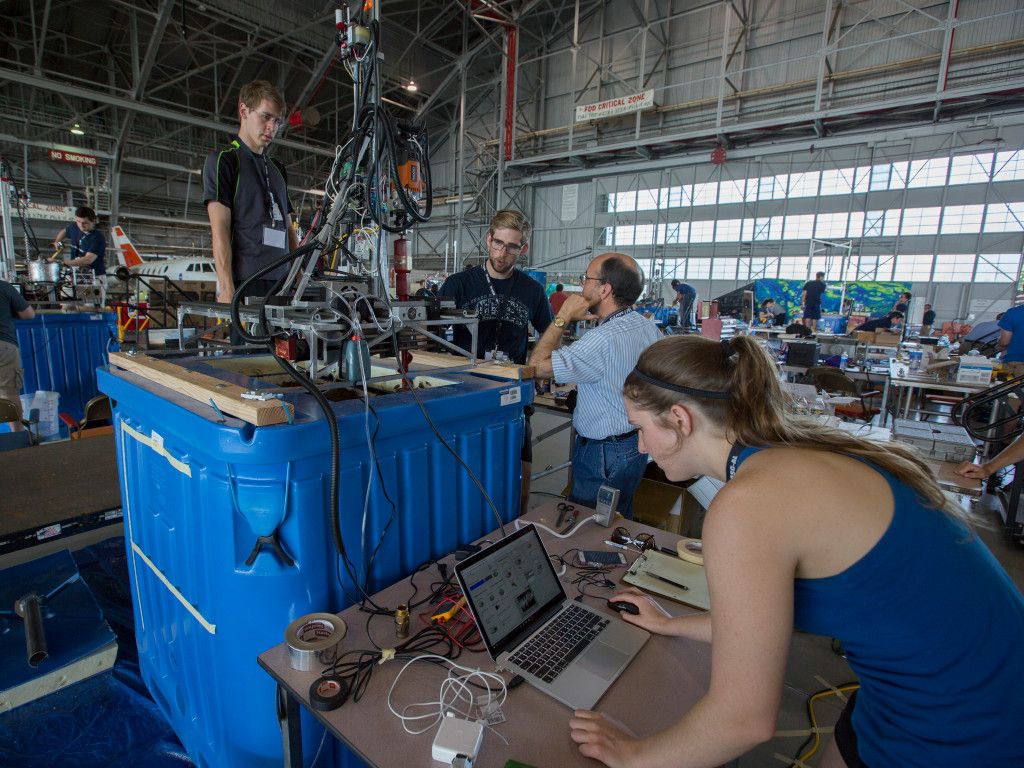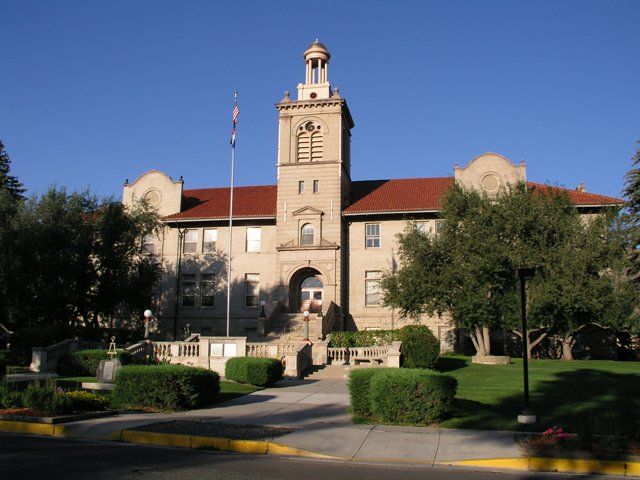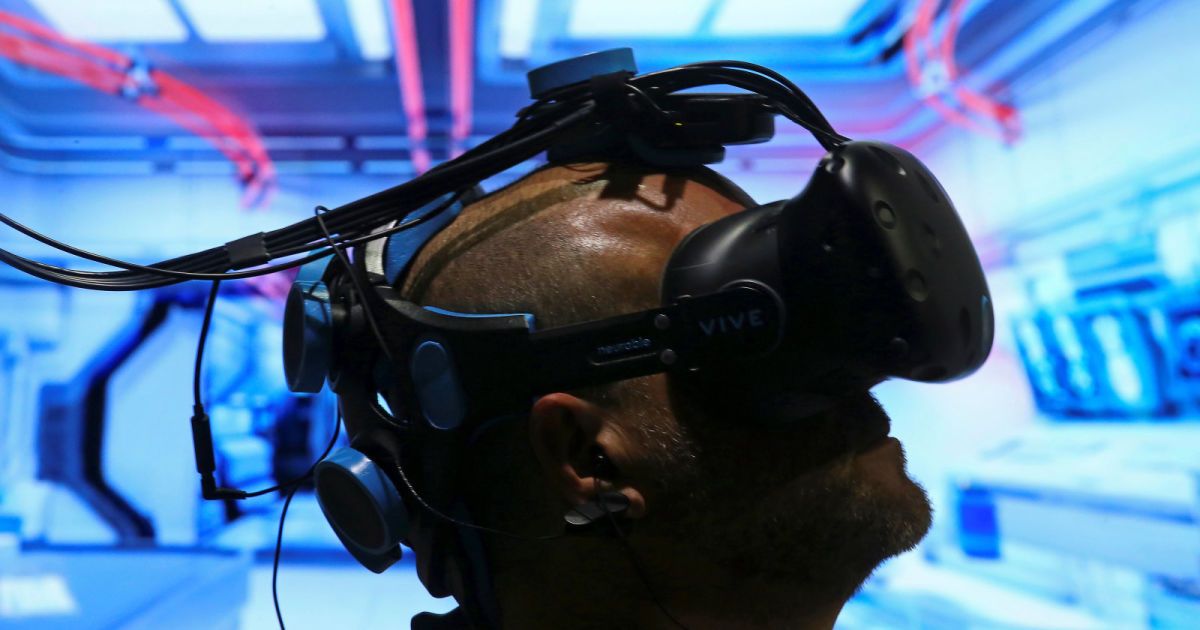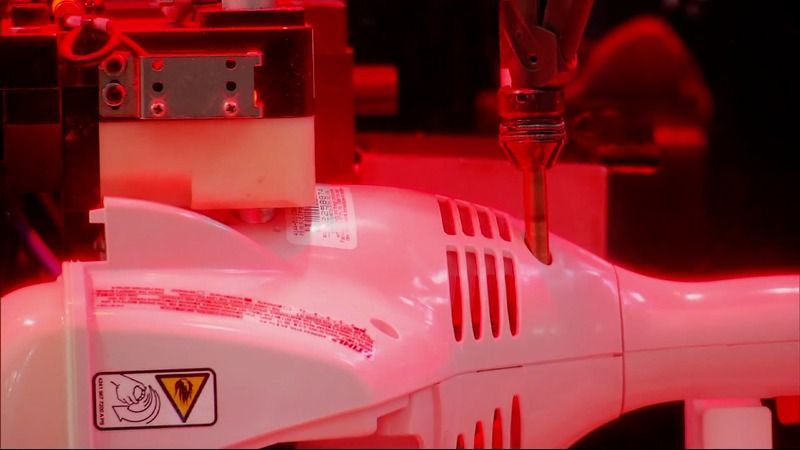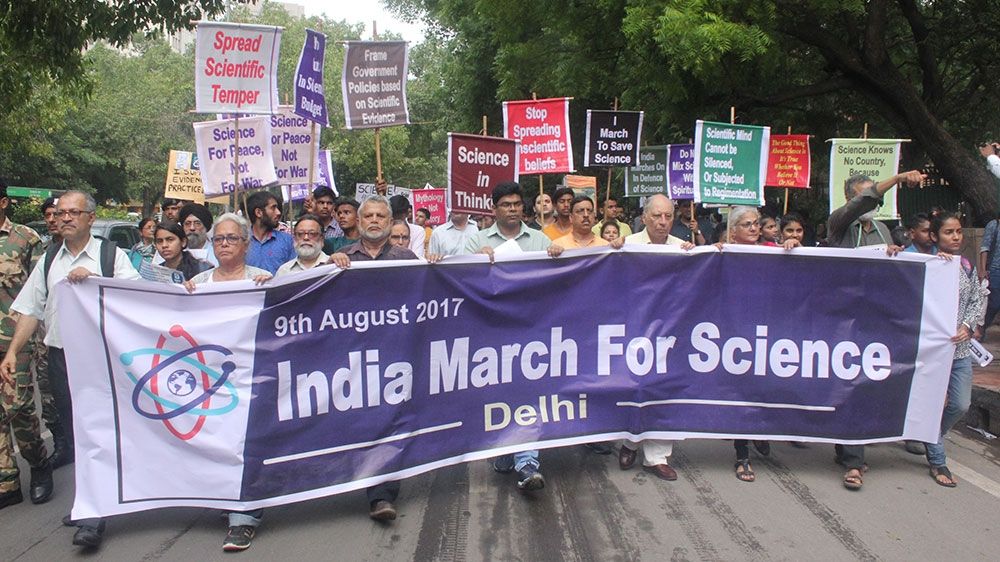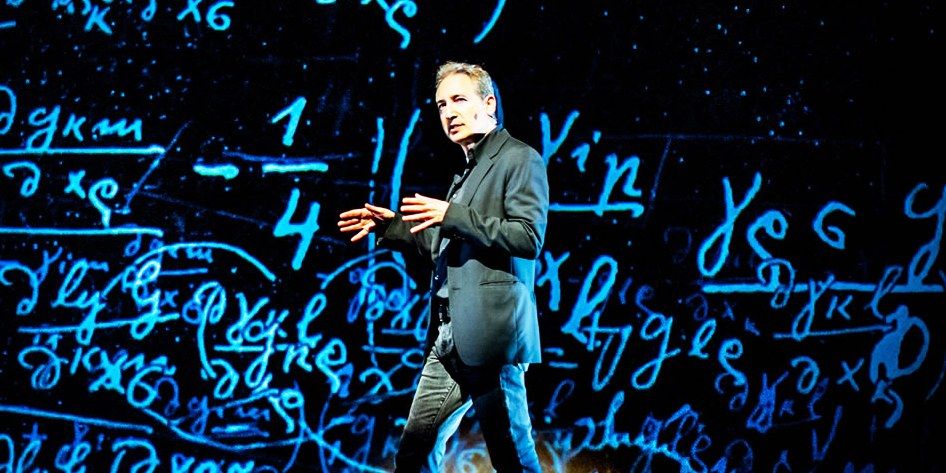http://gamesforchange.org/festival2012
How to “Get Better”: Approaches to LGBTQ-relevant Video Games
Presented by: Robert Yang
Given today’s attempts at LGBTQ outreach and advocacy, e.g. the “It Gets Better” campaign, it makes sense to explore more queer-relevant content through engaging and thoughtful video game design. So how do we get LGBTQ content “right”? For that matter, what does “LGBTQ content” even entail? What are the ways that video games imply notions of gender and sexuality through their graphics, sounds, interfaces, and mechanics? Listeners will take away design techniques to integrate socially relevant content into games, ethical concerns in doing so, and a very brief overview of LGBTQ issues.
Crafting Science Learning Games that People Will Play — Two Voices, One Goal.
Presented by: Jodi Asbell-Clarke, Scott Kirk
Jodi and Scott will tell a tale of woe, hope, and compassion about co-developing educational games. With a dual mission, entertainment and learning, the games developed by EdGE and GameGurus are walking the fine line of research and commercial development. The vastly different perspectives of an educational researcher and a commercial game designer present challenges, tension, grief, and ultimately opportunities for new types of games that can make a difference.
Jodi will explain the need for grounding the game in solid pedagogical design so that research measurements will be effective and convincing to funders and educational systems. Scott tries to fit those constraints into the world of development timelines, budgets, and profit margins. It all works when both teams have the creative spark, worthy goals, and a lot of energy.
If coding games is the new literacy, then… presented by: idit harel caperton.
